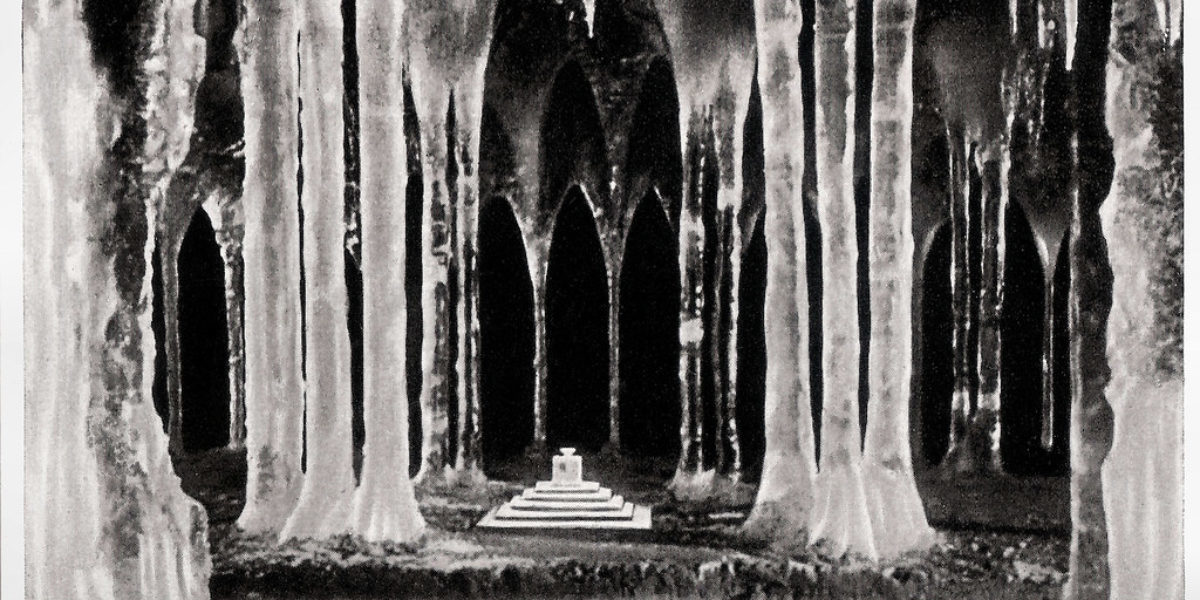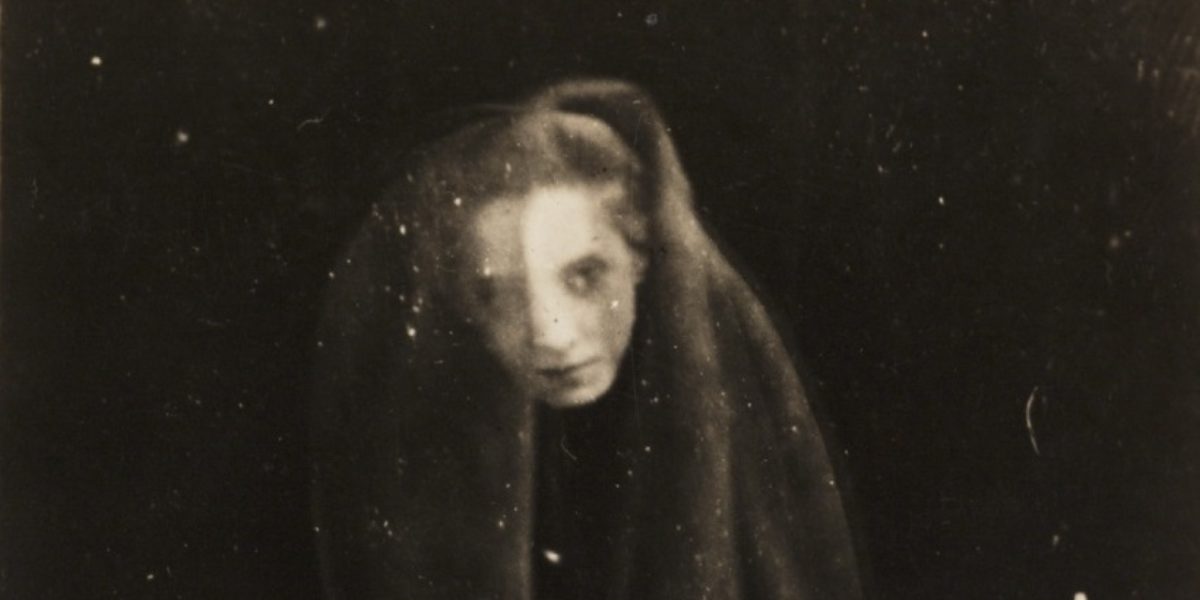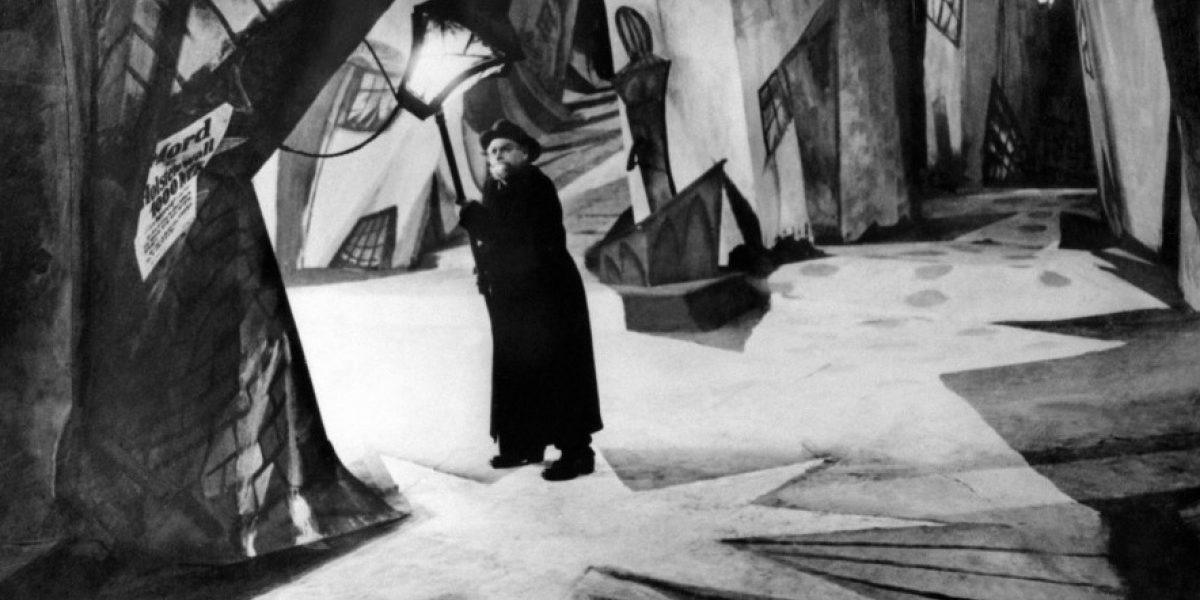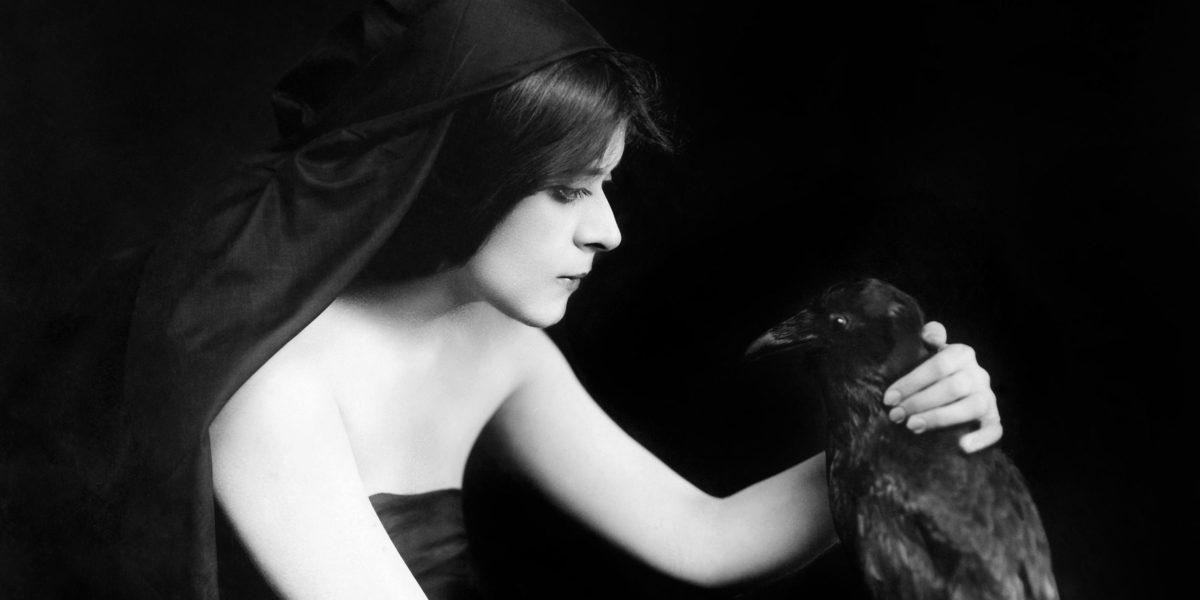The dark mirror of the soul
Sometimes, a sight is so grand and overwhelming that it evokes in us a mixture of fear, rapture and awe. This aesthetic experience is known in art as the sublime. The term is often applied to a wild and untamed nature. A sublime nature in this sense features prominently in the Gothic tradition, not only as a setting for elusive mysteries or unspeakable secrets, but also as a protagonist in its own right. Romantic landscape paintings from the 19th century, for instance, frequently represent nature as a reflection of the artist’s soul. Dark forests or lofty mountains convey feelings of loneliness, yearning and dread.
“[…] this wildness of thought, and roughness of work; this look of mountain brotherhood between the cathedral and the Alp […].” — Art critic and author John Ruskin, The Stones of Venice, 1851–53
Contemporary Goths often seek inspiration or refuge in nature too. Once again, however, nature is never simply a romantic image. According to the Gothic expert Catherine Spooner, contemporary Gothic imagery has a particular fascination for ‘negative space’ – places where something ought to be, but where there is nothing, or nothing any more. This Gothic image of nature as a dark and elusive locus of fear and desire could be more relevant than ever in our present era of climate change.









